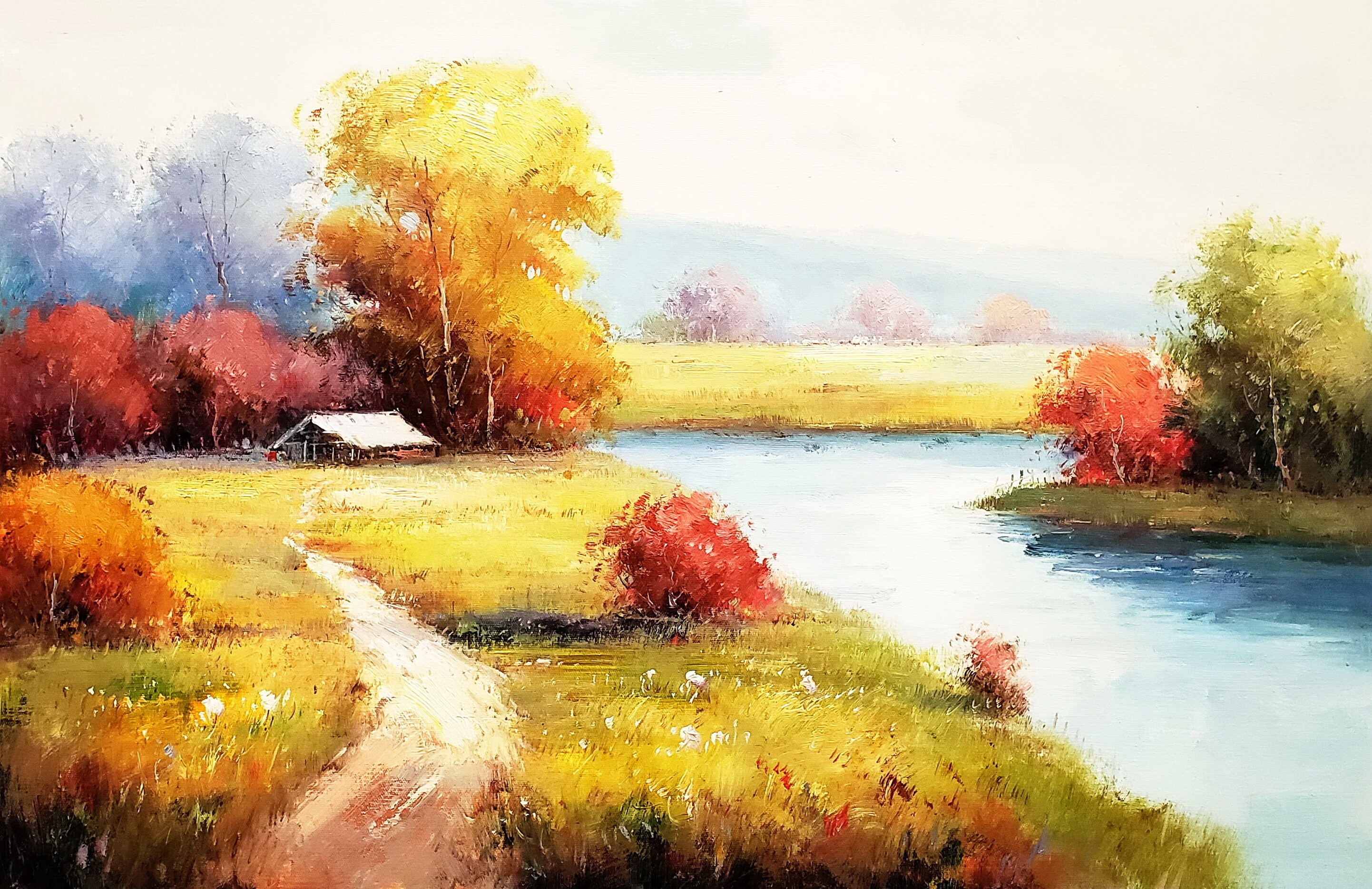How Do You Spot Quality in Hand‐Painted Landscapes? - pisplacewatercolors/Blogs GitHub Wiki

Art collectors often find themselves browsing galleries and online listings filled with original watercolor paintings for sale, but not every piece reflects the same level of craftsmanship. Landscape painting, especially in watercolor, demands both technical skill and artistic sensitivity. Learning to recognize quality in these works helps collectors make thoughtful and rewarding choices.
First Impressions Tell More Than You Think
A high-quality landscape pulls the viewer in right away. It doesn’t just display scenery; it communicates a sense of place. The viewer should feel like they’ve been transported, not just shown a subject. Artists who can create atmosphere, depth, and emotion through watercolor demonstrate not only skill, but a clear creative vision.
Strong compositions show a balance of elements—foreground, middle ground, and background. A cluttered scene often reflects poor planning, while a well-organized one leads the eye naturally through the space. A compelling first glance often signals deeper value on closer inspection.
Control and Freedom in the Brushwork
Watercolor is known for its unpredictability, but that doesn’t mean it should look uncontrolled. Skilled painters work with the medium’s natural flow without losing structure. Quality shows up in the artist’s ability to manage water and pigment while maintaining clarity in the forms.
Edges are key indicators. Landscapes benefit from both soft transitions and sharp definitions. Distant trees might fade into mist, while a foreground rock or tree branch has crisp outlines. The painter’s command of those contrasts shows their understanding of how watercolor behaves.
The Depth of Layering
Color layering gives life to a landscape. Artists begin with light washes and build deeper tones step by step. This approach creates complexity in the painting, with some colors peeking through others. Rushed work often looks flat, but layered watercolor landscapes have depth, richness, and light within them.
In quality paintings, the layering isn’t just technical—it’s deliberate. Shadows hold color, not just darkness. Grass or water reflects subtle tones that echo other parts of the scene. Artists who understand this relationship produce work that feels cohesive and alive.
Light and Atmosphere
Light gives meaning to every part of a landscape painting. The way it falls across hills, touches tree tops, or reflects off water determines the emotional tone. Artists who truly observe nature know how to capture light without overworking it.
Atmosphere in watercolor isn’t added; it’s revealed through soft transitions and selective use of contrast. Quality work doesn’t over-explain the scene. It suggests space and movement without outlining every leaf or ripple. A believable atmosphere allows the viewer to imagine temperature, time of day, even season.
Paper and Pigment Matter
Professional artists invest in the materials that help them bring their vision to life. The paper used in high-quality watercolor paintings often has a textured or sturdy surface—cold-press or hot-press paper is preferred for its absorbency and durability.
Pigments also make a difference. Some colors, especially in lower-grade work, may fade or appear chalky. Rich, vibrant colors that hold their tone over time point to quality paints. Experienced collectors can often feel the difference in paper weight and see the brilliance in color application without needing a label to confirm it.
Signature and Artist Presence
A quality hand-painted landscape often includes the artist’s signature, but not as a decorative afterthought. A genuine signature is placed with care and confidence, reflecting pride in the work. While a signature doesn’t prove talent, it supports the authenticity of a piece and signals ownership of the result.
Collectors may also take the time to learn about the artist’s background or previous work. Paintings from someone with a consistent portfolio of landscapes are more likely to maintain value and artistic integrity. Quality artists evolve their work over time, but a steady thread of skill and observation usually runs through all their pieces.
Conclusion
Spotting quality in a hand-painted watercolor landscape doesn’t require expert training—it requires attention and appreciation for detail. A great piece will feel alive, even in its quietest parts. It carries mood, structure, and sensitivity in every brushstroke. From composition to pigment to the emotion it stirs, true craftsmanship always finds a way to reveal itself. For those who seek meaningful art, learning to recognize these signs turns every search into a discovery, and every purchase into a lasting connection.